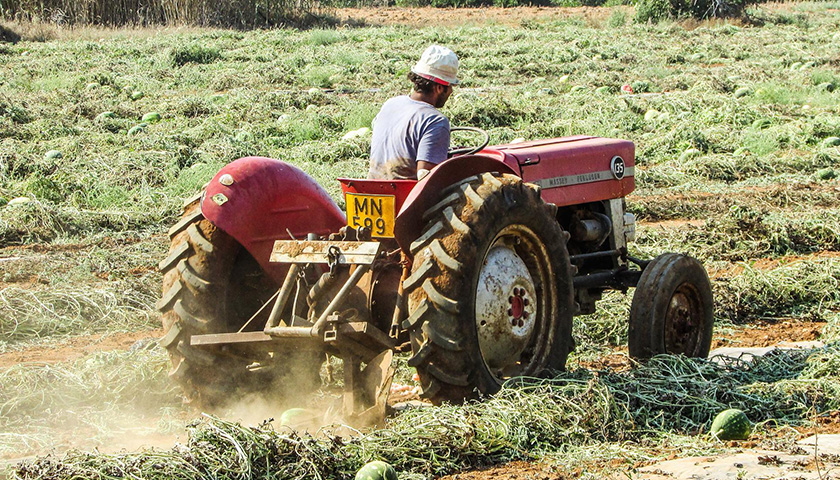by Evan Stambaugh
Minnesota farmers have been unable to plant nearly any wheat and have only planted a small amount of corn so far this year.
Last year, nearly all of Minnesota’s wheat (99%) was in the ground by mid-May, but per the most recent figures from the U.S. Department of Agriculture (USDA), only 5% has been planted so far this year. Corn producers are having a similarly rough year thus far. Only 35% of Minnesota’s corn has been put in the ground so far. Normally by this time, almost double as much would have been planted according to the USDA.
Northern Minnesota is a hub of sugar beet production. By mid-May last year, 100% of the crop had been planted. This year, only 8% has been planted.
Farmers cite bad weather for the delays. Severe thunderstorms have recently swept across the Midwest, bringing with them flooding that makes planting impossible.
“Northeast North Dakota and northwest Minnesota fields are quite saturated, and even without further rains, they are likely three weeks out from planting,” reports Jim Peterson, of the North Dakota Wheat Commission.
While figures like wheat planting lagging 90-some percent behind last year may look alarming at first glance, Dan Lofthus of the USDA National Agricultural Statistics Service says there’s no cause for despair yet.
“The comparison of this year to last year looks drastic,” he recently told MPR, but “to put that in a little context though, we have had other similar years.” He highlights how in “years like 2011, 2013 and 2014, 2018 and 2019” farmers “had very similar planting progress” to this year.
“This does feel late and a difficult spring for farmers,” he concluded, “although we’ve tackled years like this in the past.”
However this year does present one unique challenge: the Russia-Ukraine conflict has drawn more attention than usual to the pace of the global food supply chain. A not insignificant chunk of the world’s wheat, barley, and fertilizers come from Russia and Ukraine. Experts have been warning for nearly two months about higher food prices and the possibility of shortages due to the conflict. Such shortages could be devastating to delicate food markets in a year when global food prices already hit a 10-year high before the Russia-Ukraine conflict broke out.
Even in developed nations there is cause for concern. The Bank of England is warning of “apocalyptic” price hikes as 1 in 4 Brits are already skipping meals.
– – –
Evan Stambaugh is a freelance writer who had previously been a sports blogger. He has a BA in theology and an MA in philosophy.
Photo “Minnesota Farmer” by dimitrisvetsikas1969.




